SUMMARY
This is AI generated summarization, which may have errors. For context, always refer to the full article.
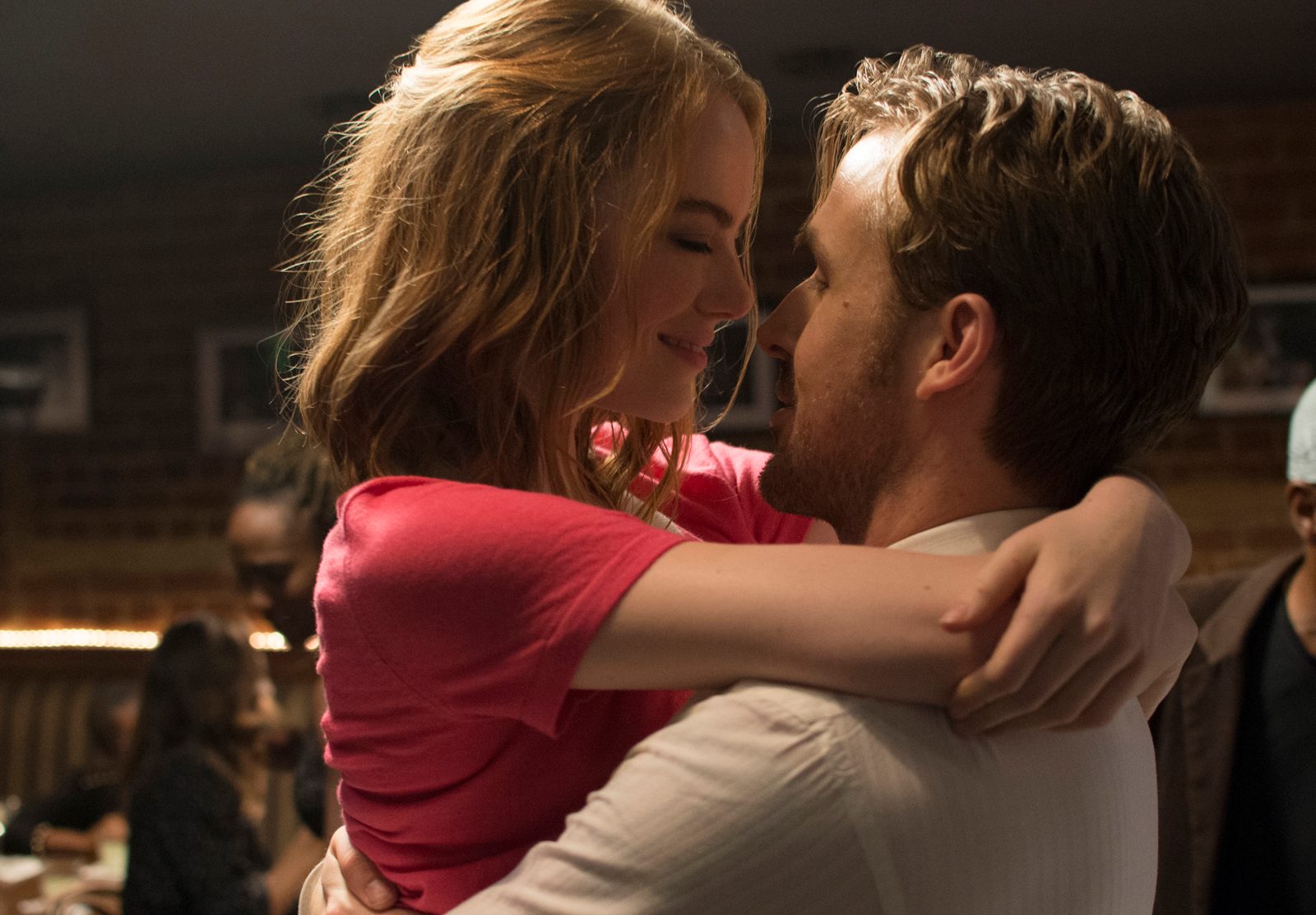
Damien Chazelle understands the power of spectacle.
Whiplash, his directorial debut, had viewers rooting for two loathsome misfits – a grossly ambitious drummer, who is willing to risk life and limb to perform, and his sadistic mentor, who finds glee in his power over his hapless star student.
By the time the film climaxes with an exquisite showcase of rhythm and pain, after the film’s stylized display of its characters’ sins and obsessions, you can’t help but forgive, forget, and be awed by how art puts an end to the primacy of human fault.
La La Land is Chazelle’s follow-up to Whiplash. It also features two – arguably less loathsome than the ones from Whiplash – but still ambitious, still ridden with flaws and insecurities. Set in Hollywood, where everyone thinks the city shines just for them, the film recruits song and nostalgia to tell a familiar story of dreamers whose romance is at odds with their dreams.
Magic out of the mundane
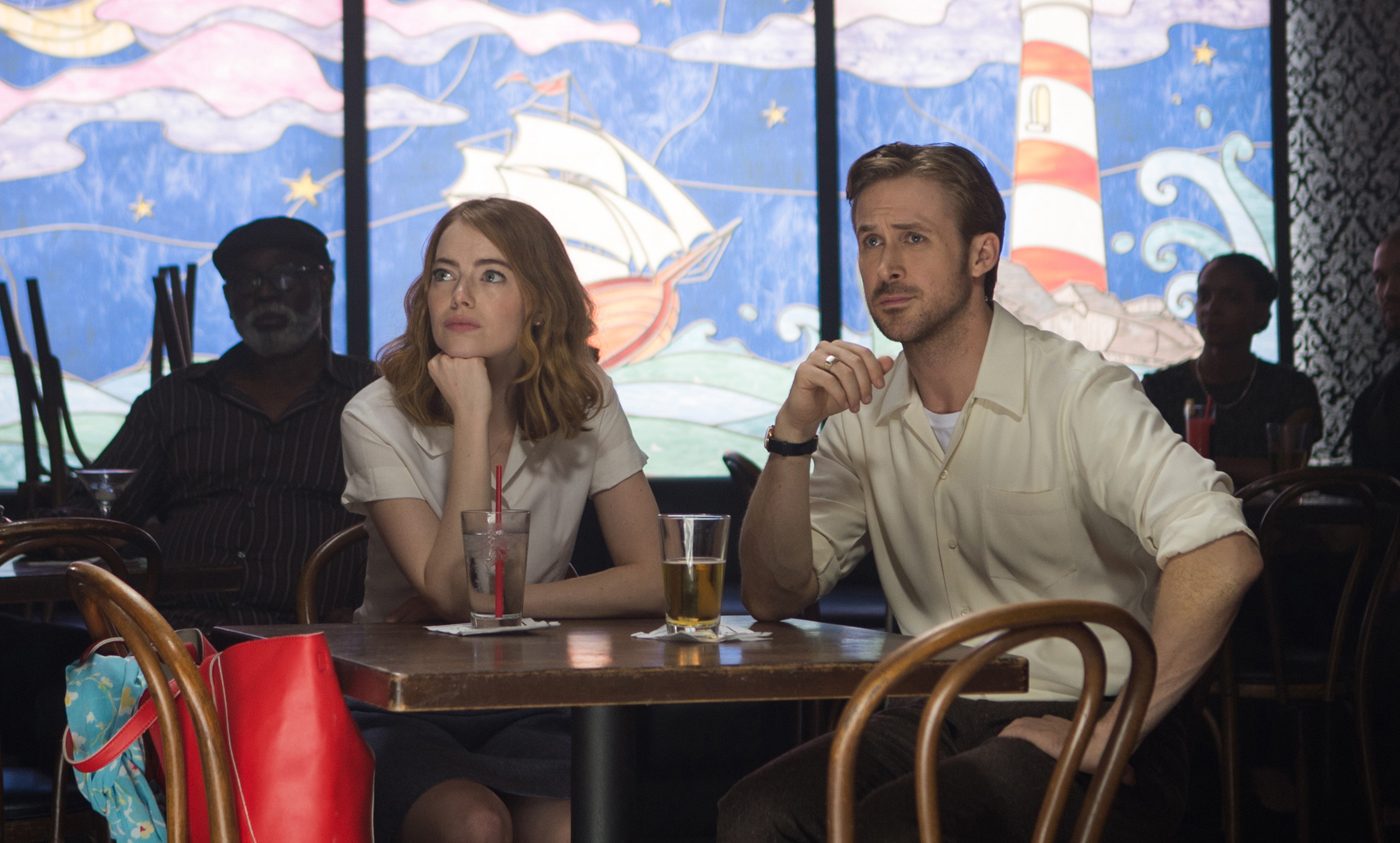
The film opens in a standstill at a lackluster freeway during rush hour.
There is something wickedly funny about a movie that supposedly celebrates a city’s timeless allure opening with a scene that exposes its most prevalent curse. Traffic’s an everyday thing that robs the city of Los Angeles of its glamorous appeal. That endless sea of concrete that is populated by vehicles of various brands, shapes, and sizes has turned that city of stars into just another metropolis where progress trumps identity.
Except that the movie isn’t gunning for humor. It is committing to a magic trick, to create magic out of the mundane. From the cacophony of music blaring from the stranded cars’ radios, a joyous melody swells, forcing a lady, curiously donning a pastel-colored top, to start singing about a love she used to have when she was 17. Her song proves to be infectious. Everybody else who’s been suffering through the traffic merrily sings and dances, turning the row of vehicles into a marvelous parade of pure bliss.

It isn’t really a parade though. It is a traffic jam, except it has been reimagined and romanticized as a musical set-piece where everyone is melodiously reminiscing over lost loves and lofty dreams instead of getting irritated by the crippling commute. Chazelle’s audacious spectacle only momentarily blinds the audience, making them believe that there is more to normalcy, and when the audience gets back down to Earth, it stings.
Nostalgia and romance
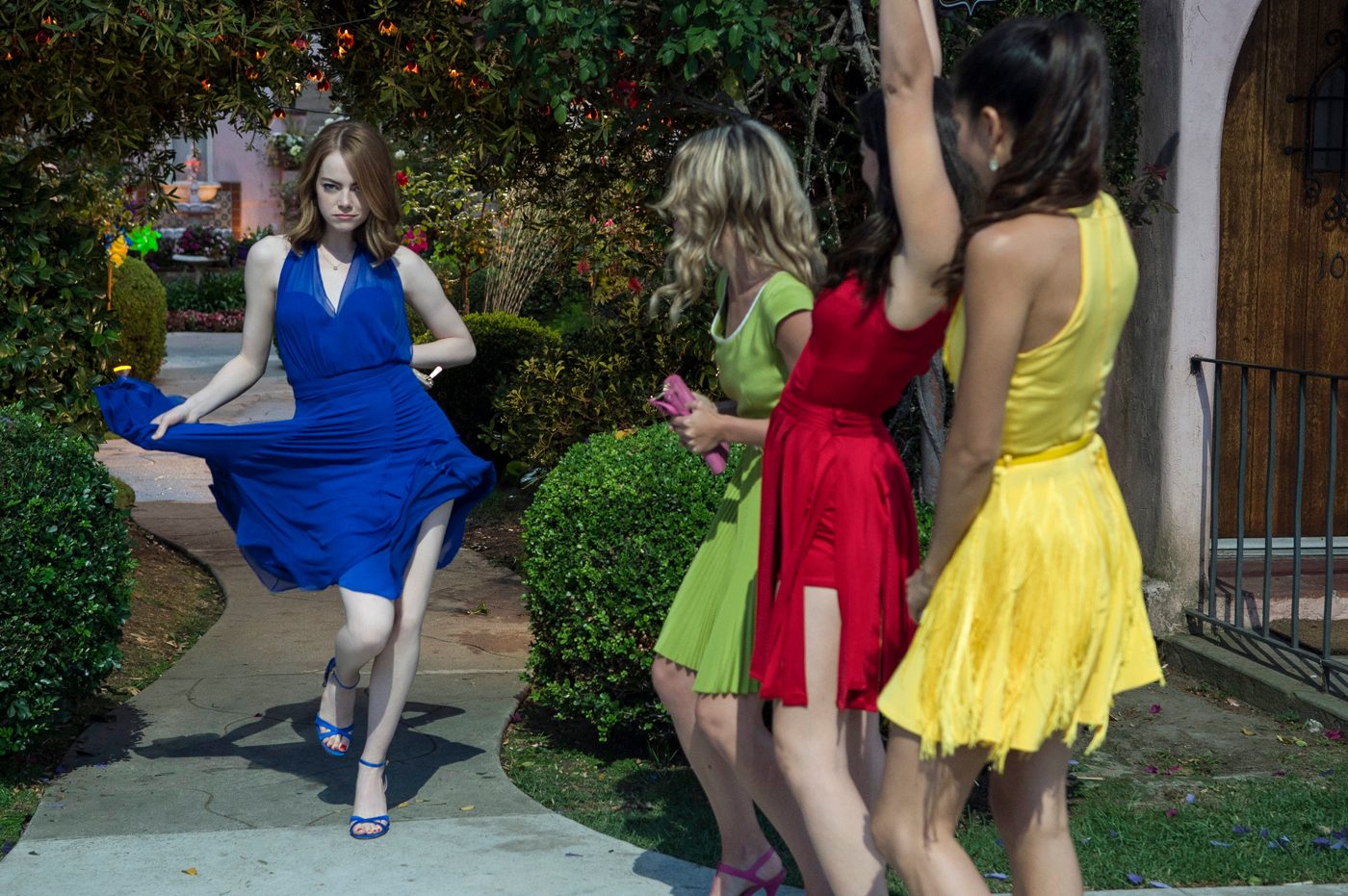
Well, it didn’t sting as much anymore when the dreamy opening number gave way to Sebastian (Ryan Gosling) and Mia’s (Emma Stone) first encounter: jazz music-lover Sebastian gives aspiring actress Mia the bad finger over a minute’s delay in traffic.
The romance in the middle of La La Land starts out cute and giddy. While battling their own issues with their respective floundering careers, they occasionally meet, mostly under circumstances that wouldn’t pave the way for love. They do fall in love, after singing to the view of city lights and dancing with constellations. As with most stories where love and ambitions collide, conflicts ensue when both lovers become incapable of finding that middle ground where their pursuits align.
The plot’s familiar with its romantic woes, offering similarities with that of George Cukor’s remake of A Star is Born (1954) to Jacques Demy’s The Umbrellas of Cherbourg (1964) to Richard LaGravanese’s The Last Five Years. La La Land, however, is not a film that aspires for novelty. In fact, the entire film is brimming with nostalgia, relishing in knowing that its existence is a product of films, music, and movement of the past.
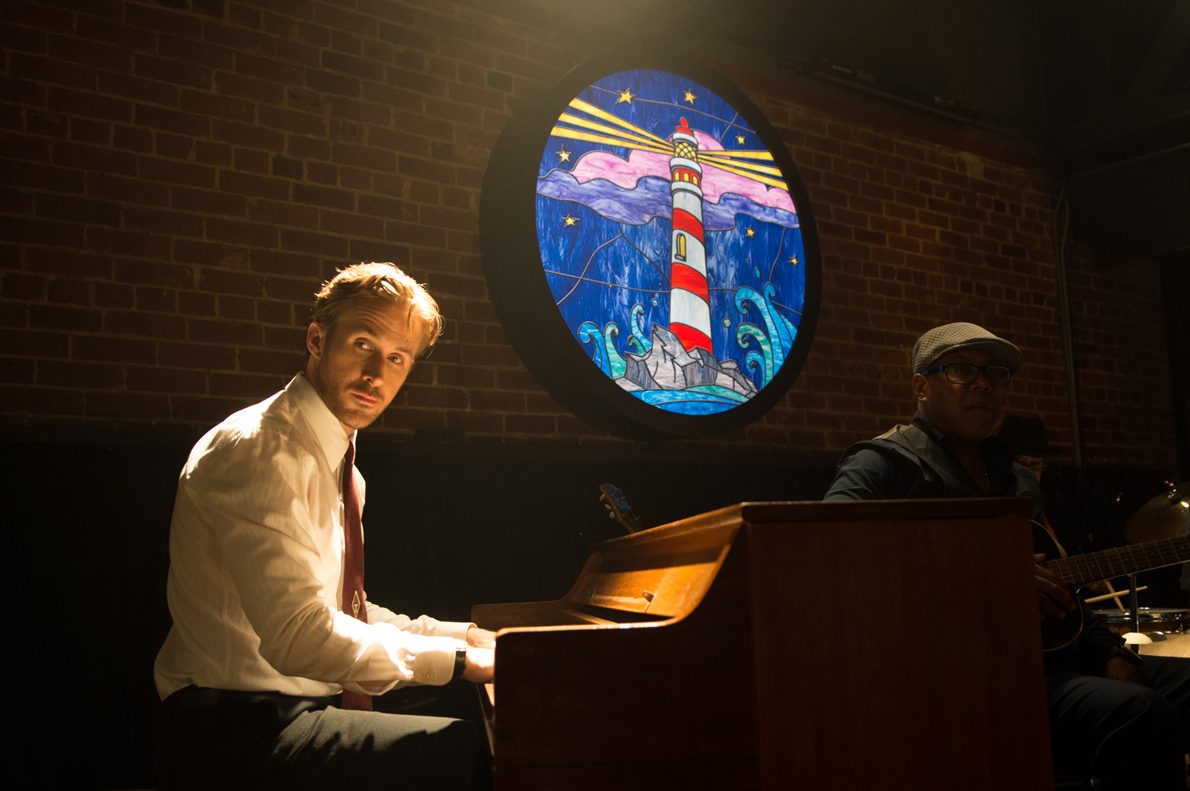
Nostalgia isn’t just artifice here. It is an adjunct to the personalities of its two core lovers who daydream of the past while drowning in the uncertainties of their future. Mia peppers her room with posters of classic movies. Sebastian is passionate about saving pure jazz from being defiled by modernity. They are unabashed romantics, just like the film they are in.
La La Land looks at the past with longing eyes, trying to drape the harsh realities of the present with its magic.
Spectacle of regret and sadness
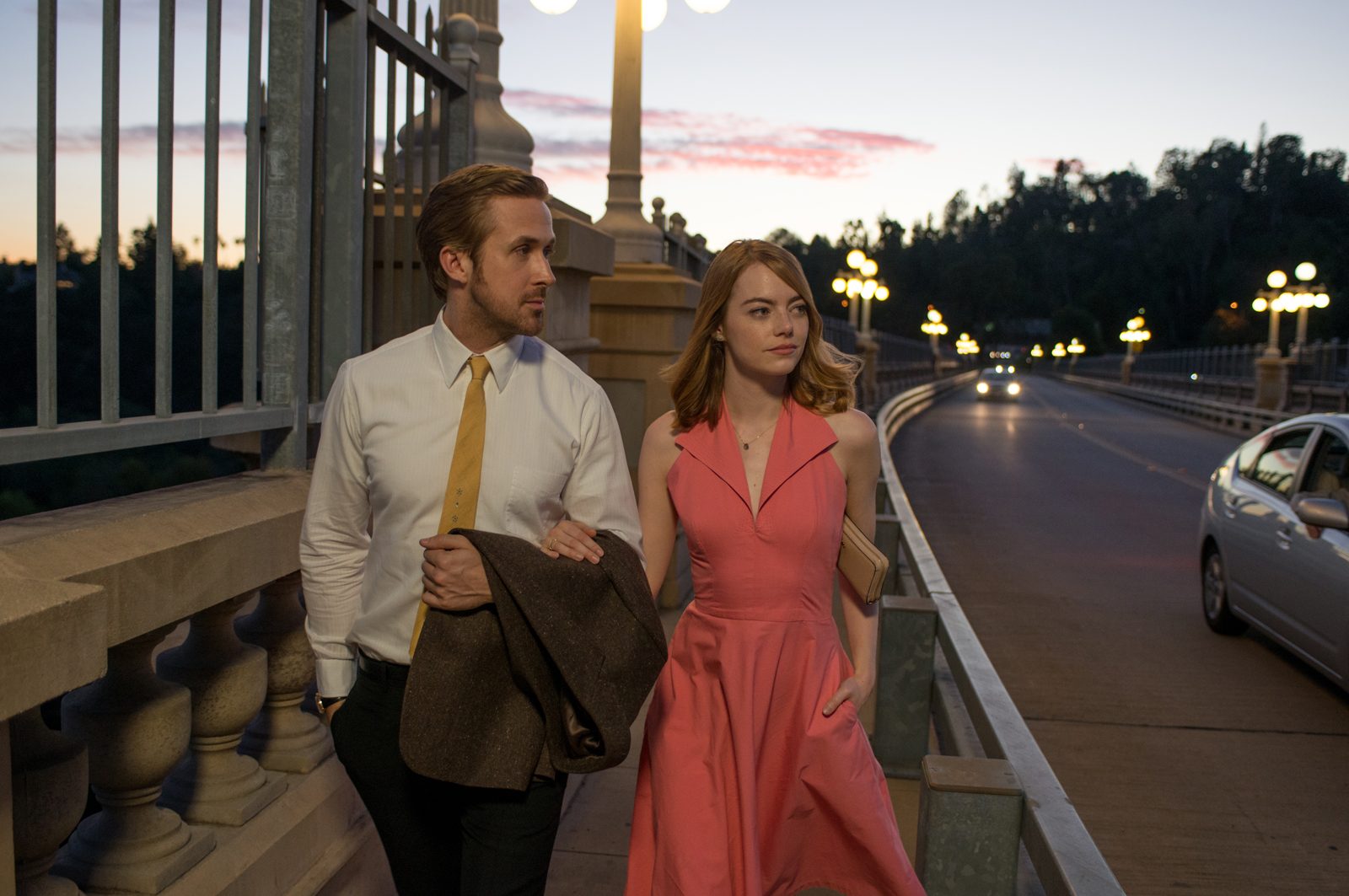
Chazelle ends the film with another feat of spectacle, with regret as his canvas.
He turns a sober moment into a medley of melodies and dance that sum up a universe of what-could-have-beens, miraculously making tender sorrow into an event of so much verve and joy.
He orchestrates a finale that celebrates Hollywood not as the city of stars, but as the city of sad compromise. He uses grand spectacle again as a ruse to romanticize the painfully ordinary: that frank realization that dreams, while they sometimes do come true, also come with the price of an indelible heartache. – Rappler.com
 Francis Joseph Cruz litigates for a living and writesabout cinema for fun. The first Filipino movie he saw in the theaters was Carlo J. Caparas’ ‘Tirad Pass.’ Since then, he’s been on a mission to find better memories with Philippine cinema.
Francis Joseph Cruz litigates for a living and writesabout cinema for fun. The first Filipino movie he saw in the theaters was Carlo J. Caparas’ ‘Tirad Pass.’ Since then, he’s been on a mission to find better memories with Philippine cinema.
Add a comment
How does this make you feel?
There are no comments yet. Add your comment to start the conversation.